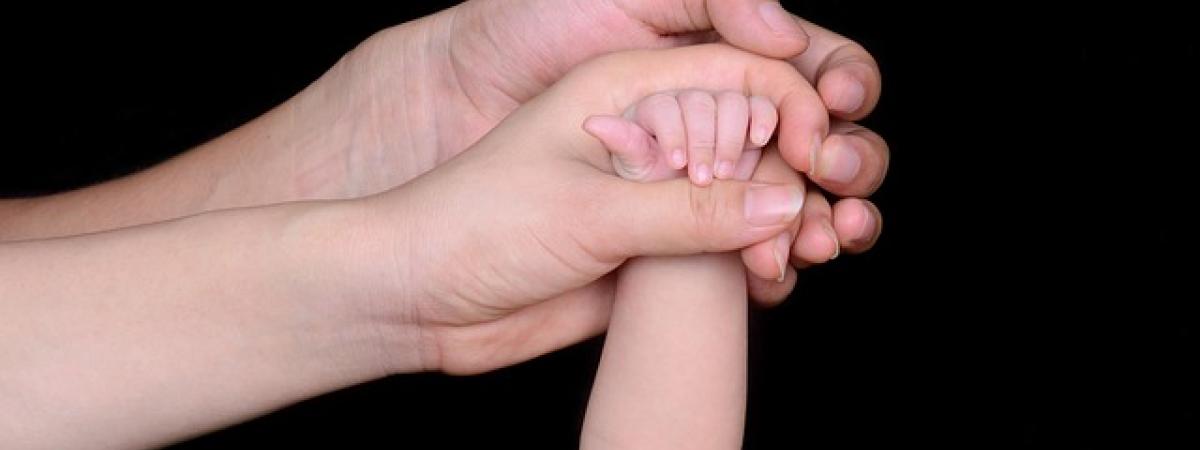Hands as diagnostic tools

Human hands are vastly more sophisticated than is necessary for survival. Each has 27 bones and is controlled by 35 muscles; a quarter of the motor cortex is devoted to the muscles of the hands. Unlike ape hands, humans have fully opposable thumbs and a full range of fine finger movement, from straight to tightly-curled. In his prize-winning book, author Gavin Francis marvels at the sight of the forearm muscles bunching as a patient with a gashed-open arm flexes his fingers. He comments on the extraordinary intricacy of the pulley systems that control the fingers. “How mechanical we are” he says. As a child I remember seeing this for myself as I watched surgeons on television reattach a hand that had been torn from a boy as he played with a washing machine. It was my awakening to the wonders of the human body.
As a nurse, I have seen hands used in healthcare to help wash, dress, feed and reposition. Hands also push trolleys, take blood, dispense drugs, insert catheters, feel pulses, apply dressings, write up notes and perform intricate operations. Hands can suture, stem the flow of blood, perform chest compressions and lay out the dead body.
Hands as hidden communicators
Everybody communicates with their hands, at least sometimes, whether using gestures, touch or sign language. One study showed that the most popular public speakers use an average of 465 hand gestures during their talks.
Everybody communicates with their hands, at least sometimes, whether using gestures, touch or sign language.
Nurses and doctors (and others in the clinical team) use their hands in therapeutic touch to communicate comfort and compassion. A brief touch on the shoulder or a holding of the hand, when appropriate, can show you really care.
Physical health
When you’re a patient, your hands are hidden communicators in a different way, helping the clinical team tell something about your health, physical and even mental. Finger clubbing can indicate infective endocarditis or cyanotic congenital heart disease; cool hands and slow capillary refill can be a sign of shock. Raised yellow lesions on the hands may represent cholesterol build-up; bony knobs on finger joints are associated with arthritis.
Shaking hands may be a sign of Parkinson’s disease or multiple sclerosis, although essential tremor, alcohol and some medications can also be a cause; a single palmar crease can be associated with Down’s syndrome.
Mental health
Sometimes hands can communicate a mental state, with Merriam Webster Dictionary defining hand-wringing as “an overwrought expression of concern or guilt”. I remember one lady, unable to speak since a tumour had removed most of her face. Her hand clutched mine tightly as she gingerly sipped a cup of tea through a makeshift dental plate for the first time. Her hand communicated her concern about the safety of her swallow and, I hope, appreciation and comfort from my close presence.
Minds can communicate their confusion through what their hands are doing. I’ve witnessed hands mistaking spectacles for forks or reaching out to imaginary objects, and fingers fumbling with misbuttoned blouses.
Are you listening to what your patients’ hands are telling you?
Good news for strong hands
Hands don’t only communicate clinical concerns through what they look like and what they’re doing. Their measured strength can be a veritable megaphone, communicating a lot more about the patient’s wellbeing.
Grip strength is first known for communicating level of consciousness after a traumatic brain injury in the Glasgow Coma Scale, but recent research suggests that hand grip strength can also tell something about life expectancy and likely risk of cancer, heart disease and respiratory disease. In fact it can often communicate risk of all-cause and cardiovascular mortality more clearly than a blood pressure reading or a tally of total physical activity can.
I wrote an article about why this might be so – but was careful to mention exceptions to the rule. Arnold Schwarzenegger, for example, was once able to lift a weight equivalent to that of “an Ikea sofa with Danny DeVito sitting on it” but has been plagued by heart valve problems.
Hands as eyes…and ears?
Many times when taking blood, the best result comes from a vein that can be felt and not seen. In this case, I like to think of my hands acting as eyes. When a doctor palpates a mass, the same is true, their hands perhaps ‘seeing’ an enlarged liver when feeling a mass under the ribs on the right side, whilst a mass felt under the ribs on the left side may suggest an enlarged spleen.
But hands acting as ears? This was most famously demonstrated by Helen Brooke Taussig (1898-1986), the American physician recognised as the founder of paediatric cardiology for her work with ‘blue babies’. She lost her hearing after qualifying as a doctor, but learned to ‘listen with her hands’ rather than a stethoscope. Photographs show Helen gently holding her hands against a child’s chest wall, feeling the pulsations, the gentleness in her hands reflected in her gaze towards the sickly child. Helen became so skilled in this tactile technique that she even diagnosed murmurs where other doctors failed.
The human hand is one of the best designs in nature – and one of the best diagnostic tools. Use it to look into and listen to the patient; let it tell you what it can.
